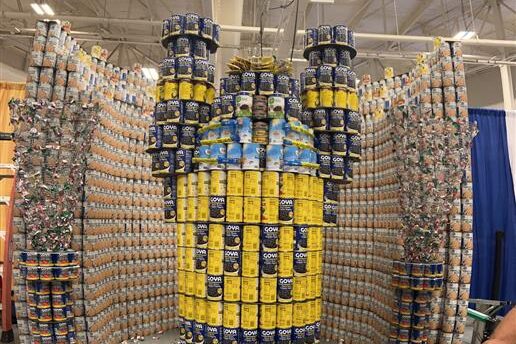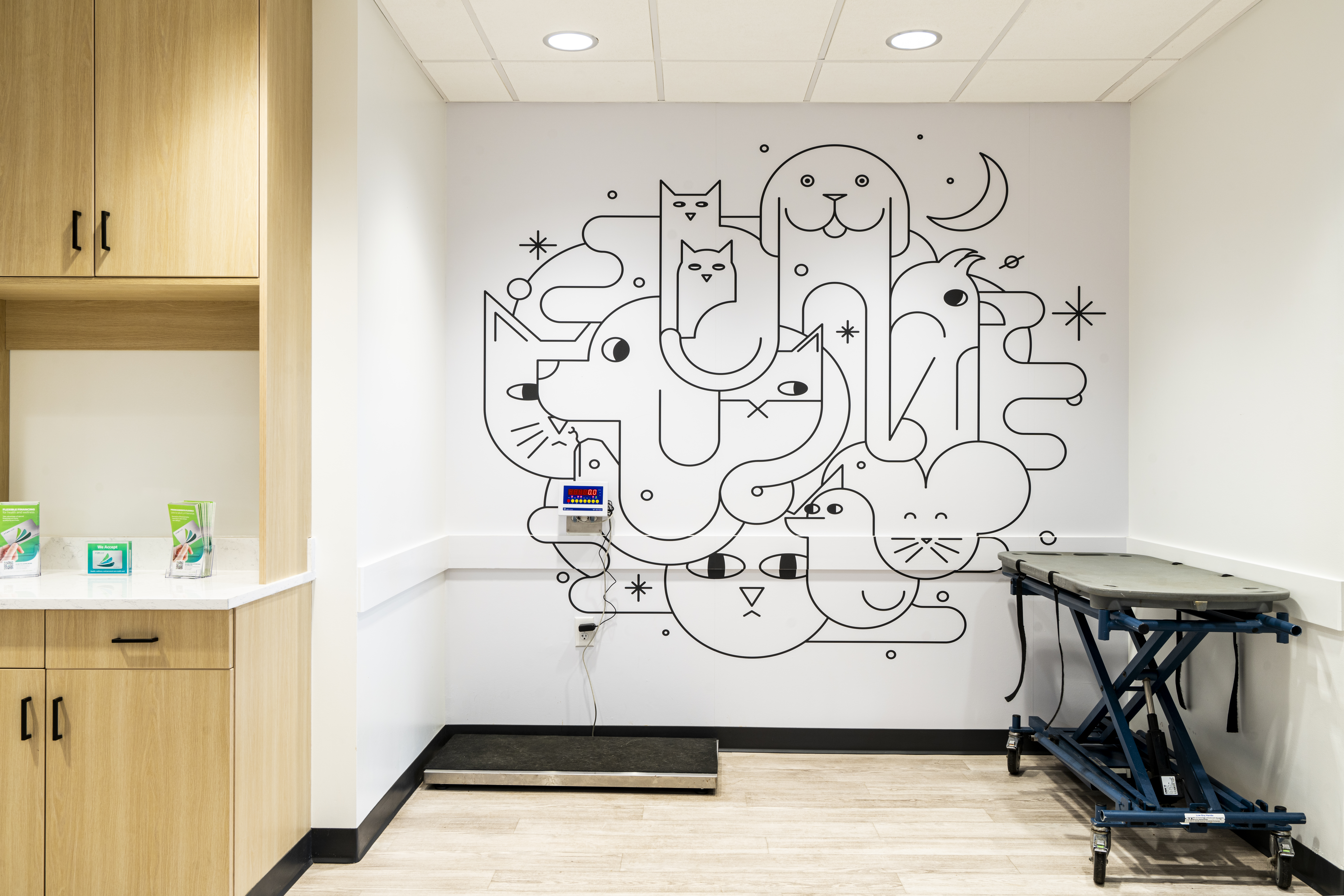With increased competition for doctor and technical staff, and rising costs of construction, lease expenses, equipment & furnishing and the impacts from the COVID-19 pandemic fresh on your mind, what will the financially profitable and sustainable veterinary practice look like in the future?
Out of the box ideas from a few years ago which were slow to be adopted, are becoming common place today and driven by the need to be flexible in the use of space as well as efficient and adaptable in the use of all available resources.
The idea of having your clients wait in line to talk with the receptionists who sit at a fixed desk filled with clutter to check clients in or out while their pet and kids are being well, pets and kids is frankly a bit outmoded. Though the idea of going mobile and untethering reception staff from their phone and data cables seemed a bit to futuristic to many not too long ago, the unforeseen advent of COVID allowed the early adopters of this concept to seamlessly extend their practice into parking lots across the nation. It as well allows your clients who are herding their two kids and pet into the hospital of the future to simply find a seat where your reception staff can comfortably check them in.
Expanding on the mobile reception staff concept is the adoption of technology that allows your clients to check themselves in. Though this is common today in the human healthcare setting, kiosks and mobile tablets are soon coming to the veterinary environment as well. The effect this will have on the number of reception staff required is obvious, but with the integration of mobile reception staff and the ability to check clients in, or out, anywhere it will also likely reduce the space required for reception space in the hospital of the future.
Telemedicine also found its foothold during the pandemic and it is likely to remain long after we have achieved the initial herd immunity level to COVID. The next COVID or Swine Flu could be just around the corner. Veterinarians and technical staff can call clients in advance of scheduled examinations to discuss the pet’s history, current concerns, and potential treatment options and costs, then simply drop the pet off at the curb or attend the exam in the veterinary worlds version of a virtual “zoom” exam, all in the comfort of their cars while still in their jammies. Good for the client and good for the veterinarian who can more rapidly turn over their exam rooms rather than simply building more exam rooms.
In mild climate areas, like the Pacific Northwest, veterinarians are increasingly requesting a balance of indoor vs. outdoor seating areas. Not that all indoor seating will be eliminated in general practices, but I do expect it will be downsized in climates where clients can comfortably wait in their cars or in radiant heated outdoor covered seating areas, which are also more accommodating for clients to carry out cell phone conversations.
The need for on-premises sales of pet food and retail items, which clients are increasingly purchasing through clinical branded web sites, is also being challenged. The hidden costs of inventory, stocking and the management of the items can be significant, and the sales floor space is increasingly expensive to build.
Multi-use spaces have also become common place as veterinarians seek ways to develop more flexible uses of the available floor area for longer periods of the day. An example of this is the creation of a slightly larger exam room located adjacent to the general treatment room. With the addition of a direct secondary door to the treatment room, the space can be designed to accommodate special procedures when the exam room traffic is typically low. That not only reduces potential construction costs for dedicated rooms, but also maximizes the return on your investment in the facility.
Hot seating your doctor’s office is gaining traction as well. Instead of providing a permanent seat for each doctor on staff, provide shared space to accommodate counter and workspace for the maximum number of doctors on duty at any one time. This team approach tends to foster a more collaborative work environment between the hospital ownership and their veterinary staff. It also provides opportunities for experienced veterinarians to mentor newly minted veterinarians to help them be fully productive at an earlier stage in their careers.
With the social distancing protocols of COVID mandating fewer staff to be in the office at any one time, practices also found ways to be more efficient in the use and utilization of staff. Hospitals that embraced the idea of cross – training their staff successfully foster an atmosphere of teamwork and in the process their staff gains an appreciation of other team members contribution to the success of the practice. Erasing the “that’s not my job” attitude, allows practices a greater opportunity to cover sick time and absences without the need to bring in more costly temporary help too.
So, what will the financially profitable and sustainable practice look like going forward? While there are no crystal ball’s laying the groundwork to accurately predict the future, it is safe to say that the practice of veterinary medicine will need to be more adaptable and flexible in the use of procedural processes and technology as well as human and physical resources.
It is all about convenience for your clients, who demographics tells us are most often two working partners with kids and busy schedules. Satisfied clients are those whose available time is respected by all on your staff and who have options available to them to communicate with staff and reduce the time, anxiety, and stress level of taking their pet to the veterinary office.
It was once said by someone far more cerebral than I, that the only guarantee in life is change. It’s a simple thought really, but the difference between success and failure can often be measured by those who did, or did not, take time to understand the changes in front of them
Written By MD Architects
MD Architects is a full-service, relationship-based firm dedicated to providing superior planning, design, specifications, and construction guidance to animal care, human healthcare, and commercial industries.
April 20, 2021




